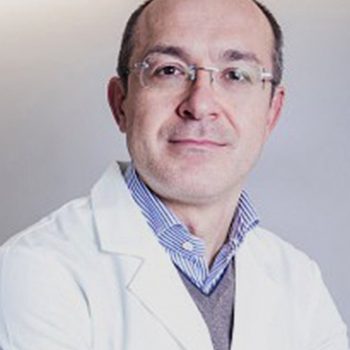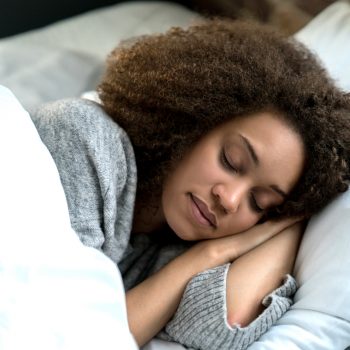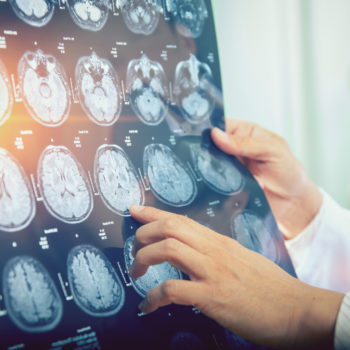Inserted by the WHO among the top 10 causes of disability in the world, headaches, in Italy alone, affect more than 26 million people. Here’s what to do when your headache becomes a cumbersome companion. Dr. Vincenzo Tullo, neurologist at Humanitas, clarifies diagnostics, epidemiology and the real possibilities of treatment that patients often do not know, resigning themselves to living in a condition that severely penalizes their quality of life.
Primary and secondary headache, what is the difference?
Headache is a very common condition and can be caused by a variety of causes. If it is a symptom of other underlying diseases, such as high blood pressure, sinusitis, various endocranial diseases such as neoplasms, it is called secondary headache. When, on the other hand, it is a disorder in itself and has no other cause that can be detected by CT or MRI, but occurs exclusively with the symptom of pain, it is called primary headache.
How to diagnose the type of headache?
Primary headaches are much more frequent in the general population than secondary headaches and are mainly, and in order of frequency, tension headaches, migraine headaches and cluster headaches.
Tension headache is the most common form of headache (about 1 in 3 people suffer from it at least once a month), so it is more frequent than migraine but less disabling. The pain is widespread throughout the head; it often irradiates in the nuchal occipital region and it is of the oppressive-constrictive type (not pulsating). The triggering factors are nervous tension, prolonged stress, incorrect posture, lack of sleep and climatic variations. The intensity is mild or medium and the attack can last from 30 minutes to 7 days.
Migraine is the most known and most disabling primary headache: more than one in 10 people suffer from it, in 1/3 of cases since childhood. Severe pain is associated with other disorders such as nausea, vomiting, and intolerance to light, sound and odors. Crises, often unilateral, last between 4 and 72 hours and can worsen with routine physical activity such as climbing stairs or coughing if left untreated.
“From a pathogenetic point of view, migraine today is considered a polygenic and multifactorial pathology to whose pathogenesis are associated both environmental and genetic factors – Tullo specified – Many causes that can trigger migraine, such as stress, menstrual cycle or seasonal changes, but a leading role is played by nutrition. There are different foods that can cause attacks, in those who are predisposed but also in those who are not; among these there are aged cheeses, red meats and sausages, stock cubes, crustaceans and everything that contains tyramine, histamine, nitrites, glutamate, fried and fatty foods in general.
Does smoking and alcohol affect your headache? What about food?
Avoid smoke and spirits. To prevent migraine, an exception is red wine, which contains antioxidants such as resveratrol, which can help. The important thing is the measure.
A healthy diet must always be associated with a healthy lifestyle. Sport can be a valuable ally because it helps to relieve tensions, but it is better to do physical activity outdoors, even a simple walk, and avoid artificial light or loud noises, typical of gyms. If, however, migraine headaches usually appear upon awakening, the cause is probably poor quality sleep. It is important to rest well: to do this you have to sleep in a dark and quiet environment, without electronic devices, and wait at least 3 hours after dinner before going to bed. A tip for those who solve headache attacks with analgesics: their abuse can have the opposite effect, or chronicize the disorder. Correct nutrition, a good night’s sleep, regular physical activity and a peaceful approach to life are the fundamental pillars for fighting and preventing headaches.
Males most affected by cluster headaches
Finally, cluster headache: it is an infrequent headache that is characterized by the clustering of crises at certain times of the year and is more frequent in males (M:F = 3:1). The pain is very intense, pulsating-burning, lasting 15-180 minutes, recurrent in close crises (cluster of attacks) from 1 every 2 days to 8 per day, in unilateral orbital. It is associated with ocular congestion, nasal obstruction or rhinorrhoea, lowering of the eyelid, and red and sweaty cheek and forehead.
In the event of headache onset it is important to have a specialist visit to a Headache Center for both accurate diagnostic definition and patient care with a complete collection of medical history and clinical data and the setting up of specific treatments for each attack and their prevention. The objective is to achieve a significant clinical improvement and an adequate degree of self-management by the patient of residual seizures. Headaches can affect every aspect of everyday life, from job performance to social and family relationships, and many people feel that this is even more unbearable than the pain itself.










